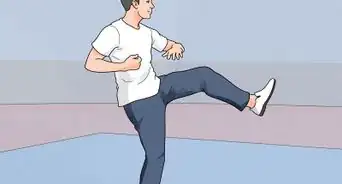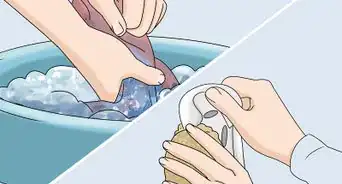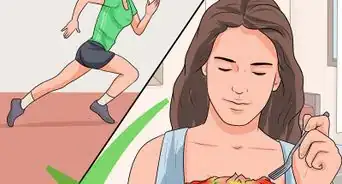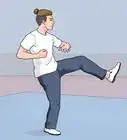This article is based on an expert interview with Brad Hurvitz, conducted by wikiHow Staff Editors. Brad Hurvitz is a Certified Swimming Instructor for My Baby Swims, an adolescent swimming school based in La Jolla, California. Brad is trained as an Infant Swimming Resource (ISR) instructor with ISR's Self-Rescue® program. He specializes in training children aged six months to six years of age survival skills like floating on their back to breathe and swimming back to the wall, while also educating parents on how to better keep their kids safe. He has a Master of Business Administration from Oregon State University.
This article has been viewed 1,105 times.
There’s nothing like a fun day at the pool splashing around with your family. While pools are a great place to cool off, have fun, and get in some exercise, it’s important to keep in mind that they can be dangerous, especially for young children. Fortunately, in this video, swim instructor Brad Hurvitz walks us through the different parts of swimming pools that are potentially dangerous for children and shares some important safety tips so you and your family can stay safe and have fun swimming this summer.
Key Takeaways
- The part of the pool where the shallow end drops off to the deep end can be dangerous for children. Be extra cautious of that area.
- Watch out for suction drains too. Strong drains can hold children underwater by their hair or swimsuit.
- If your child is ever missing, always check the pool first if there is one nearby.
Video Transcript
Most pools have an end that is shallow enough for children to stand in, sometimes even shallow enough for toddlers. This can make for a fun place for your kids to stand in play. Many pools drop off quickly to a deep end, but some pools have a very gradual slope to a deeper part of the pool. This can be a tricky situation for children who are not capable swimmers. I've seen capable swimmers get stuck between standing and swimming when the pool floor is just a bit too deep for them to properly stand. Some kids hop on one foot trying to keep their mouth above water, sometimes moving them to a deeper part of the pool. Other children will do nothing just float vertically in the drowning position with their mouth underwater. Be cautious of these areas. Additionally, be cautious of suction drains and be sure there are proper covers on them. These drains can be strong and can hold a child under the water especially by loose clothing or hair if it's near the drain. If your child is ever missing, and there's a pool nearby, always look in the pool first. Seconds matter when it comes to drowning.






















































